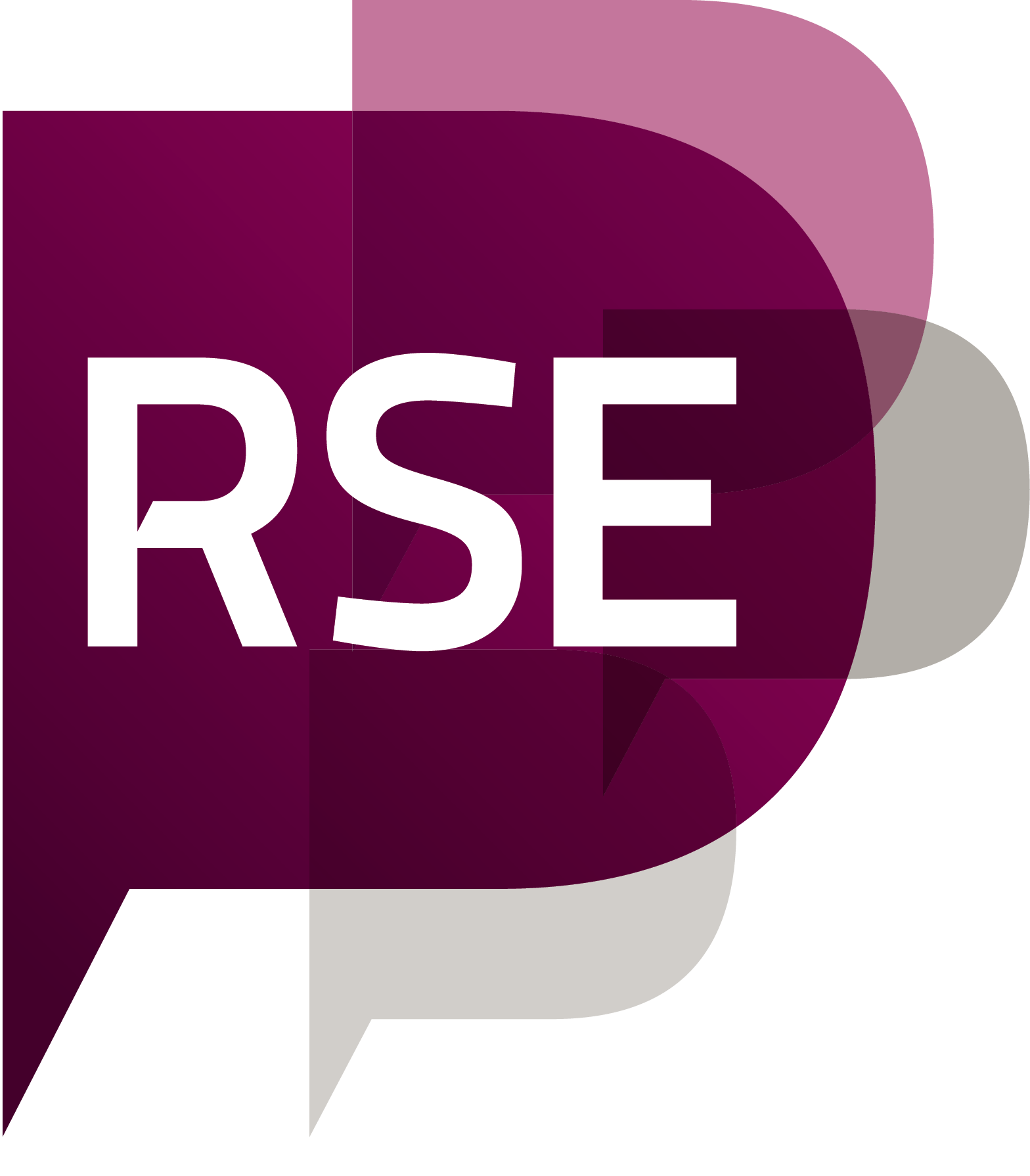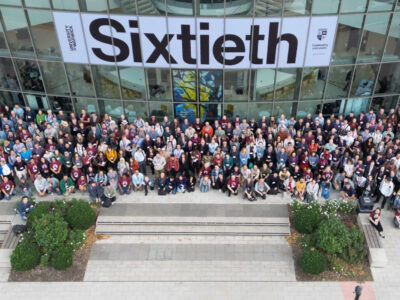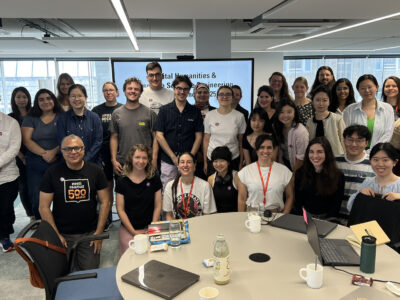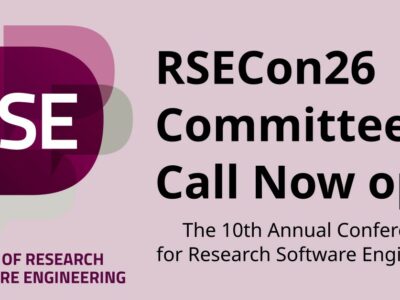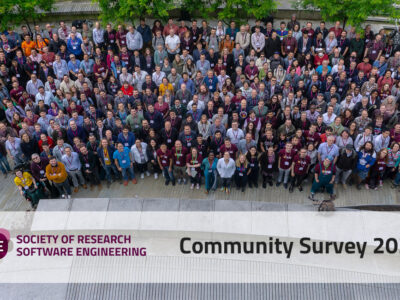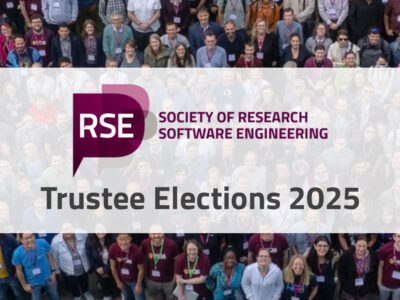Improving Diversity and Inclusion in the Research Software Engineering Community
by Jeremy Cohen, Imperial College London
The research software community has been undertaking a range of activities over recent years to try and address a lack of diversity within our field, and to ensure that we develop an open, accessible and diverse environment that anyone interested in research software can engage with and benefit from. This has been a particular focus for the Society of Research Software Engineering, which has been helping to support such initiatives through its EDIA (equality, diversity, inclusivity and accessibility) Working Group.
It is also something that is a focus for the annual RSECon conference where a significant amount of effort is invested in making sure the conference provides an equitable, accessible and welcoming environment for participants, regardless of their level of experience, expertise or whether they have attended before. The conference committee also aims to ensure that the same values are represented in the programme and the range of talks and activities taking place as part of the conference.
Ensuring that a community is open, inclusive, diverse and accessible is something that all the community members have a stake in. We all stand to gain from such a community but we can also all contribute in helping to make it a reality. This is one area where community members may struggle to know what they can contribute and how to go about doing so.
DiveRSE is an international seminar series focusing on supporting Equity, Diversity and Inclusion (EDI) within the research software community. Organisation of the series is currently led by Jeremy Cohen. The talks in the series aim to address interesting and challenging topics within the EDI space and to help provide attendees, and the wider community, with insight and understanding of this area as well as offering practical skills and ideas that community members can apply within their own communities.
In this blog post we focus on one particular talk in the series “Improving Diversity and Inclusion in the Research Software Engineering Community” that was delivered by Rowland Mosbergen in June 2023. You can watch the video of Rowland’s talk on YouTube.
Rowland is an experienced Diversity and Inclusion consultant. A particular benefit of Rowland’s work and the materials he produces is that they raise the sometimes challenging issues that need to be highlighted and discussed in order to make a difference in the EDI space. This is done in an accessible and open way that creates a safe environment to promote discussion around difficult issues.
Individuals can often, understandably, feel uncomfortable about discussing issues in the EDI space. This may be because they don’t feel confident of how to go about raising questions or points they want to discuss or because they are concerned about the potential to unintentionally offend others when discussing challenging topics, for example. Events and activities such as DiveRSE and material such as that presented in Rowland’s talk aim to try and normalise the process of thinking about, talking about and being more aware of the importance of equity, diversity and inclusion within our communities.
We highlight a few key aspects of the material presented by Rowland – you can see more detail on these topics by taking a look at the session slides:
Cumulative effect: Sometimes “minor” events can trigger a significant response. However, such responses need to be viewed in a wider context. To a person in a privileged position, that “minor” event may have negligible impact. To someone in an underprivileged position, who is accustomed to experiencing such events on a much more frequent basis, perhaps combined with more major challenging or traumatic experiences, there is a cumulative effect that reinforces the negative impact over time meaning that sometimes, a small occurrence can represent a tipping point. Considered in this context, we can, for example, see through the idea that a response may be the result of being a little “too sensitive”.
People are complex: Everyone is different and people very rarely fit in one “box”. Policies and strategies designed with the limiting approach to try and support individual aspects are well-meaning but can result in labelling people as fitting under one or more “labels”. In reality, we know that people are complex and to address their needs, we need a people-centred approach. This requires communication, understanding what is needed and acting on this.
Intersectionality: Defines belonging to more than one marginalised group. Rowland’s “intersectionality spectrum” concept highlights the challenges and degree of difficulty faced as someone belongs to more marginalised groups. We need better approaches to support people facing a higher degree of difficulty in this space, targeting our support not only at specific aspects such as, for example, gender equality, but taking a more nuanced approach to understand the variety of challenges faced as people move up the intersectionality spectrum and focusing resources on targeting those facing a higher degree of difficulty.

Figure 1. This is the Intersectionality Spectrum to help people become aware of how belonging to more than one marginalised group impacts your degree of difficulty. Every Intersectionality Spectrum has to be contextual, which means that the model isn’t fixed, it is highly contextual and created to fit the situation you are focusing on. [Credit: Rowland Mosbergen]
This presents a very brief summary of some key points from the DiveRSE series talk on “Improving Diversity and Inclusion in the Research Software Engineering Community”. These are complex issues that we have barely touched the surface of here. You are encouraged to take a look at the materials from the session if you’d like to find more detail and gain a deeper understanding of the points mentioned here.
Acknowledgements: The DiveRSE team are grateful to the Society of Research Software Engineering for providing support for this particular DiveRSE talk through their Events and Initiatives Grant Scheme. We are planning further talks in the DiveRSE series over the coming months and hope you’ll be able to join us – look out for publicity via the Society of Research Software Engineering and other research software community-related channels. JC would like to acknowledge the support of Rowland Mosbergen in preparing this blog post, providing feedback and sharing content from his EDI training materials.
